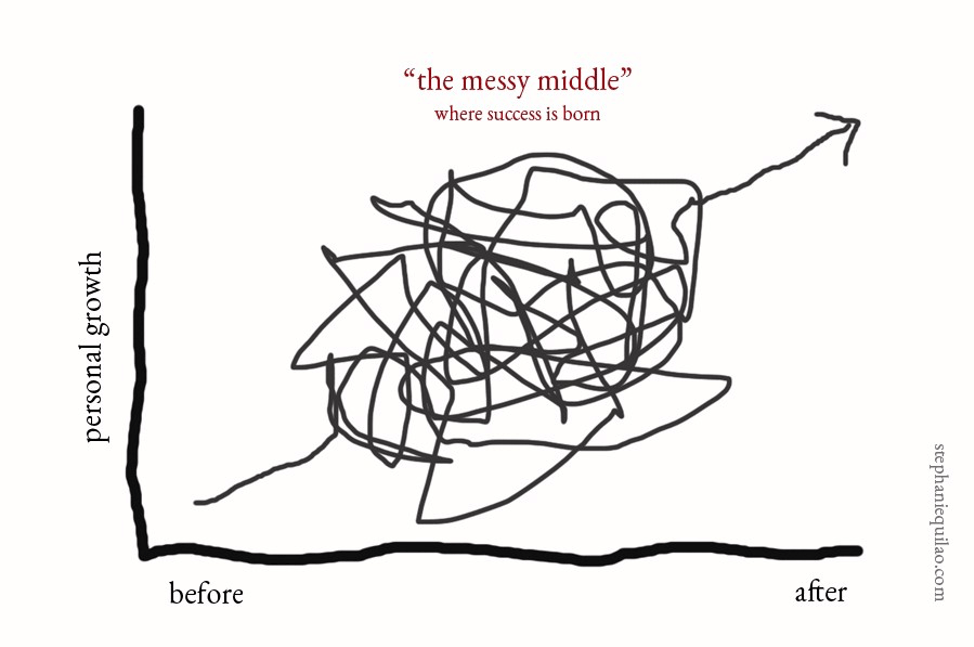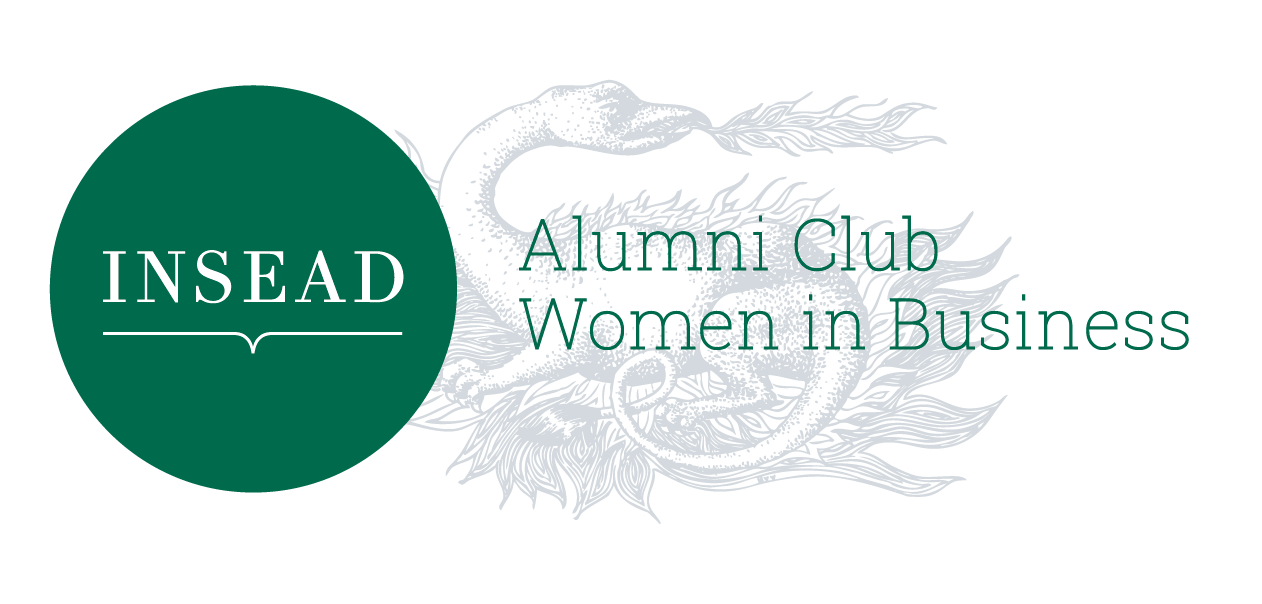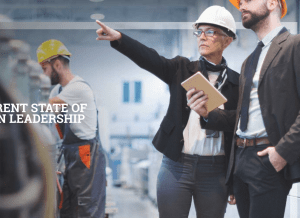17 April 2020
By: Lisa Gralnek (MBA J’08)

‘The Messy Middle’ — an idea introduced to me by Scott Belsky who wrote a book of the same title
“No matter what it is you’re trying to create or transform, the myth of a successful journey is that it starts with an idea, followed by a ton of hardship, and then a gradual and linear rise to the finish line. But no extraordinary journey is linear. In reality, the middle is extraordinarily volatile — a continuous sequence of ups and downs, flush with uncertainty and struggle.” — Scott Belsky, author and founder of Behance
——————
Ever since the Adobe 99U design conference a couple years’ back when I heard Scott introduce his soon-to-be-released book — I knew ‘The Messy Middle’ was a concept I would hold onto. It is so descriptive and so astute in capturing the gap between where we are and where we want to go.
Anyone who has ever worked hard to achieve anything knows firsthand the improbable journey to success. Yet in a world that shines a spotlight so brightly on celebrity — highlighting the quick rise from one point to a fantastical other — this middle territory rests largely undervalued and in shadow. Even though we all know that great athletes aren’t simply born, politicians aren’t elected from one day to the next, $1M of new sales don’t happen for businesses overnight, and famous musicians, actors and visual artists might subsist on dry ramen for years before stardom— it is not until we dive deeper behind-the-scenes that we learn the ‘true story’ of what success really takes. Indeed, behind every great (or even tiny) success for anyone anywhere, there is a hard road traveled to get there.
Muddling our way through the global health pandemic of COVID19 right now, the world at large is living a very messy middle. The start point (“business as usual”) is but a recent memory — and right now, we’re surviving day-to-day, moment-to-moment unsure of what is to come- medically, environmentally, socially, or economically. 25% of the world’s seven billion people are currently in lockdown, with ‘shelter in place’ orders extended across the US and Europe, while first-hit Asian countries are just now beginning to navigate a slow reopening of life as they knew it only a few months’ back. Australia, Africa, and South America too are deep in the messy middle.
——————
In my work as a business strategist and brand builder, I help organizations move from a point A, B, or C (where they are) — to a future point X, Y, or Z (where they want to go). At the outset of any engagement, we work together to define the current state of the business and set a measurable goal for a desired future. From there, we build the strategic roadmap for success — layering on tactics to help move us forward. Like success stories of celebrity and fame, every growing business must also pass through a period of change: a messy middle, the gap between here and there. This concept is equally applicable to individuals, families, communities, organizations, nations, and societies. If we want to change, grow, and succeed — we must bridge the gap between where we are and where we want to go. Inevitably, this means navigating a period of uncertainty, muddling through.

The path to success as a growth curve, bridging the gap between here and there (LVG & Co. website)
As I’m sure you are too, I’m consuming tons of content these days — podcasts, news reports, webinars, articles, and studies. The reality I’m deducing is simple: there’s a lot of information out there. But amidst the statistics, speculation, pre-planning and game theorizing — none of us- not even our industry or government leaders- actually KNOWS where we’re heading. Because until the scientists and medical doctors can uncover more about this novel coronavirus- and be certain how it is fundamentally transmitted, treated, and inoculated- we cannot begin to KNOW a timeline for when the world reopens for ‘business as usual’. This is yet one more unprecedented aspect of this unprecedented historic experience — the answer to the most basic strategic question of all: from here to where…is UNKNOWN.
This moment in history is unique (to put it mildly). Unlike most other major global upsets- wars, famines or economic disruptions- we’re operating largely without hard facts, or precedent. We can’t set measurable goals for our future, because for now- it is neither clear WHEN we can begin trying to return to ‘normal’, nor indeed WHAT a ‘new normal’ might be as a result of the time away… In addition, HOW we open to a new normal will be an ongoing experiment, and WHERE success takes hold will depend upon luck, mitigation and real scientific progress. All we know for sure, is that the path out of this will not be linear. As Belsky’s book states, “the middle is extraordinarily volatile — a continuous sequence of ups and downs, flush with uncertainty and struggle”. This is already playing out; this week alone- we’re seeing continued chaos in the global stock markets, EU policy asunder, American voters forced to choose between risking their health and partaking of an essential civic duty, the British Prime Minister admitted to ICU, and millions of Chinese citizens using mobile health apps to enable Wuhan’s reopening. Not one of these examples represents an end point in the story; they’re all just aspects of being smack dab in the middle of this very messy middle.
I’ve described to friends my growing sense of some existential middle gap between the mindful ‘here & now’ and my ability to intellectually philosophize about what comes next. Sure our modern world is a changed place, but how changed will it be once it eventually reopens? That is the ambiguity of the messy middle: all we cannot know or anticipate on the pathway to success. But in our current case, a lot of the answer will depend upon the actual time it takes to reopen — a timeline that itself will/should depend on hard scientific evidence we don’t yet have…that, or a vaccine. Of course, both the timelines and the eventual outcome will be significantly impacted by our actions during this time: economic stimulus and fiscal policy, capital investments and social welfare, consumer behavior and supply chain decisions, corporate and international cooperation, for starters. Overall though, success will ultimately be determined by our individual and collective ability to weather this unprecedented storm, embrace this messy middle that usually stays hidden in shadow, and bridge the gap between where we are and where we aspire to go.
——————
For support in thinking practically about how we actually do this, let’s briefly apply the model my company, LVG & Co. uses to help brands successfully grow. As highlighted in the chart below, we present six key actions required for successful growth.

Namely, the following:
- Accept where we are right now; identify the starting point.
- Set clear goals for success; in this situation, I’d think a basic success premise would include: a) as little negative human impact as possible, and b) a return to some semblance of ‘normal’ vs. a total breakdown of our current systems of economy and government (seems obvious, right?).
- Consider the underlying culture; for broader society, as in any organization, this is determined by the style and capabilities of leadership, but more impactfully by the shared ethos (or values) of the group.
- Rely on data and insights to outline a smart strategy and practical tactics for execution; in this current COVID crisis, as in organizational change initiatives for businesses of all sizes — this is all about systems-level planning and committed action; it is about setting a clear course, then moving ahead step-by-step along it; it’s about infusing implementation at every level with a shared sense of purpose.
- Accept the inevitability of change; be flexible and adaptable generally, but also ensure continuously evolving tactics by relying on new insights, learning and information; the ideal destination is a fixed point, the way of getting there must remain somewhat fluid.
- Ensure strong leadership to guide the journey; as I wrote previously here— effective leadership (especially in crisis) demands essential qualities of authenticity and calculated risk-taking for growth and success.
——————
Like never before in history, we’re all in this together; it’s disruption at mass scale. But if we recognize and accept that behind every great success story is a hard road traveled, a messy middle — then we free ourselves to consider the path we’re on right now- and the story we will eventually get to tell about successfully combating the global crisis that is COVID19. Personally, I’m optimistic the story will be one of a collectively realized need for change that pushes us from an imperfect past into a much brighter future. But that is really the important question before us: How do we transform this crisis into an opportunity for growth — helping us move from where we are to a better future? How do we work together to bridge the gap and move through this messy middle?











